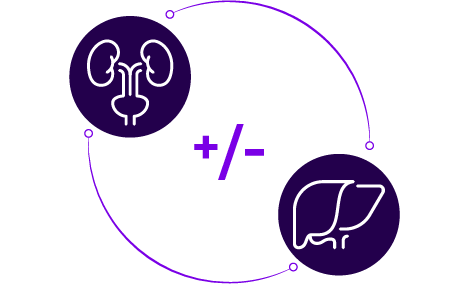- Article
- Source: Campus Sanofi
- May 20, 2025
Expert Group Consensus From The Arabian Peninsula On The Diagnosis Of Late Onset Pompe Disease (LOPD)
_430x268.jpg)
Objective and Method
.webp)
Consensus based on literature supporting clinical presentation and recommendations
| Literature Analysis on LOPD Symptoms (Neurology): Hierarchy of Evidence |
.webp)
| Neurology-Specific Clinical Presentation for Pediatric/Juvenile*and Adult# LOPD Proposed During the First Meeting |
| Pediatric/Juvenile* LOPD |
- Delayed motor milestones
- Low/absent reflexes
- Mild facial muscle weakness
- HyperCKemia/paucisymptomatic
- Negative SMA/DMD
- Shortness of breath at rest or on effort
- Muscle pain and elevated ALT/AST
- Gait abnormalities
- Scoliosis/scapular winging
- Disproportional weakness of the neck flexors and difficulty in raising the head
| Adult# LOPD |
- LGMW
- Swallowing difficulties
- Frequent falls
- Difficulty chewing/jaw muscle fatigue
- Difficulty in walking and climbing stairs
- Double-seronegative MG
- Muscle pain and elevated ALT/AST
- Gait abnormalities
- HyperCKemia/paucisymptomatic
- Unexplained myopathy
- Scoliosis/scapular winging

High CK/elevated LDH,
ALT,and AST
.png)
Family history of unexplained
muscle weakness or respiratory
failure
| Proposed Diagnostic Algorithm for Neurologists During the Second Meeting |
Conclusion
.webp)
.webp)
|
Recommendation Testing for Pompe disease must be done if any one specialty-specific symptom plus elevated CK/LDH/ALT/AST or a family history of unexplained muscle weakness is present. |
*The age of patients with pediatric/juvenile LOPD ranges from 1 to 17 years; #The age of patients with adult LOPD is usually 18 years and above.
ALT: Alanine aminotransferase; AST: Aspartate aminotransferase; CK: Creatine kinase; DBS: Dried blood spot testing; DMD: Duchenne muscular dystrophy; KSA: Kingdom of Saudi Arabia; LDH: Lactate dehydrogenase; LGMW: Limb–girdle muscle weakness; LOPD: Late-onset Pompe disease; MG: Myasthenia gravis; SMA: Spinal muscular atrophy; UAE: United Arab Emirates.
-
Al Shehri A, Al-Asmi A, Al Salti AM, et al. A multidisciplinary perspective addressing the diagnostic challenges of late-onset Pompe disease in the Arabian Peninsula region developed from an Expert Group Meeting. J Neuromuscul Dis. 2022;9(5):661–673.
MAT-KW-2300243 V1 Jul 2023